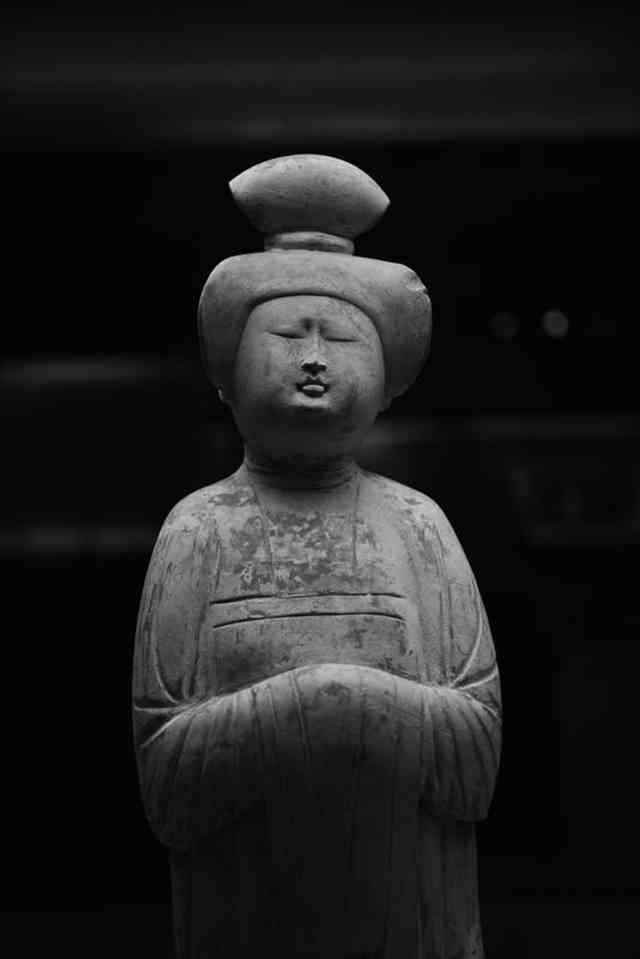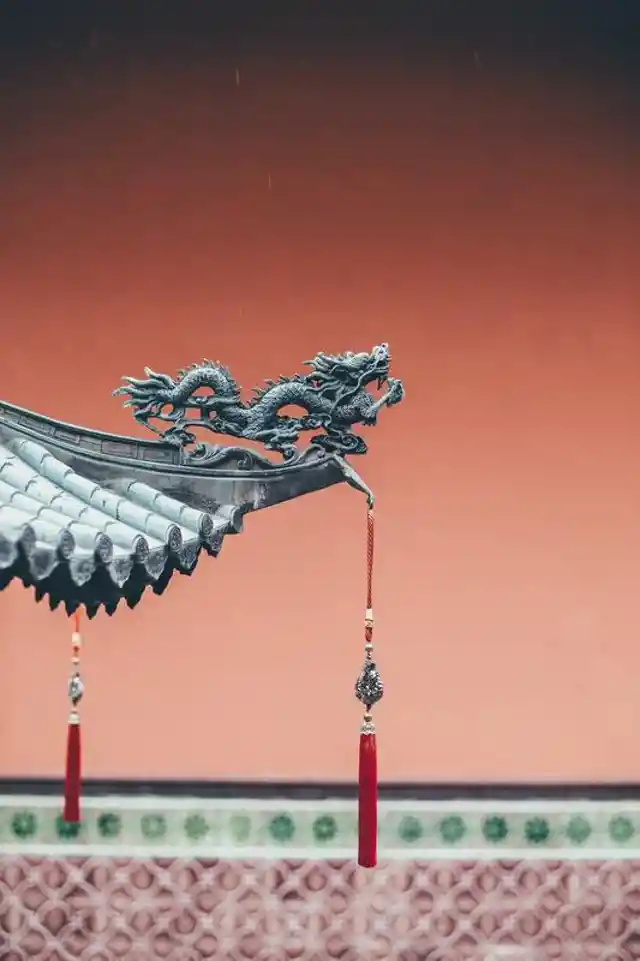China has had hundreds of emperors. They had wives who could be called "empresses. But how many women actually seized power themselves? One. How did they reach the top?


Several theories circulate about how she stayed in power. Like that of University of London professor emeritus Tim Barrett. According to him, Empress Wu was the first emperor to make widespread use of early printing. He writes about it in the book The Women Who Discovered Printing. Empress Wu is said to have used the revolutionary invention to contact all corners of the empire and even areas beyond, as far away as Asia. If this theory is correct, Empress Wu was able to reach many more people with her message than previous emperors.'Fragments of pamphlets have been recovered in Japan. These would show the extent of the empress's influence. In the pamphlets, she portrayed herself as a universal and Buddhist ruler.'Another key to her success was her religious contacts. Empress Wu was known for winning over the religious elite. This generated a great deal of power which she exercised through the temples in the empire. But her most important weapon was her personnel policy at court. She cleverly used an elaborate examination system to recruit employees. In this way, she circumvented the influence of prominent families who wanted to interfere with her policies. 'The standard examination was designed to recruit and evaluate officials personally. The main question was: will they remain loyal to me? This method became one of her most important legacies.


Historians portray Empress Wu as a woman who ruled with an iron fist. She killed people when necessary to stay in power. Even if they were very close to her. 'That sounds like she took extreme measures to maintain her power, but at that time it was very common in dynastic courts to rule like that. The emperors before her had been doing it in a similar way for hundreds of years.'Still, Wu Zetian did not manage to rule until her death. She put up with two brothers who were accused of corruption. Her advisers wanted to get rid of the brothers, but she refused to cooperate. Then she fell ill and was unable to resist a coup. In March 705, her son, the later Emperor Zhongzong, took power from her. With this, he restored the Tang dynasty. Empress Wu, China's only female emperor, died that same year.